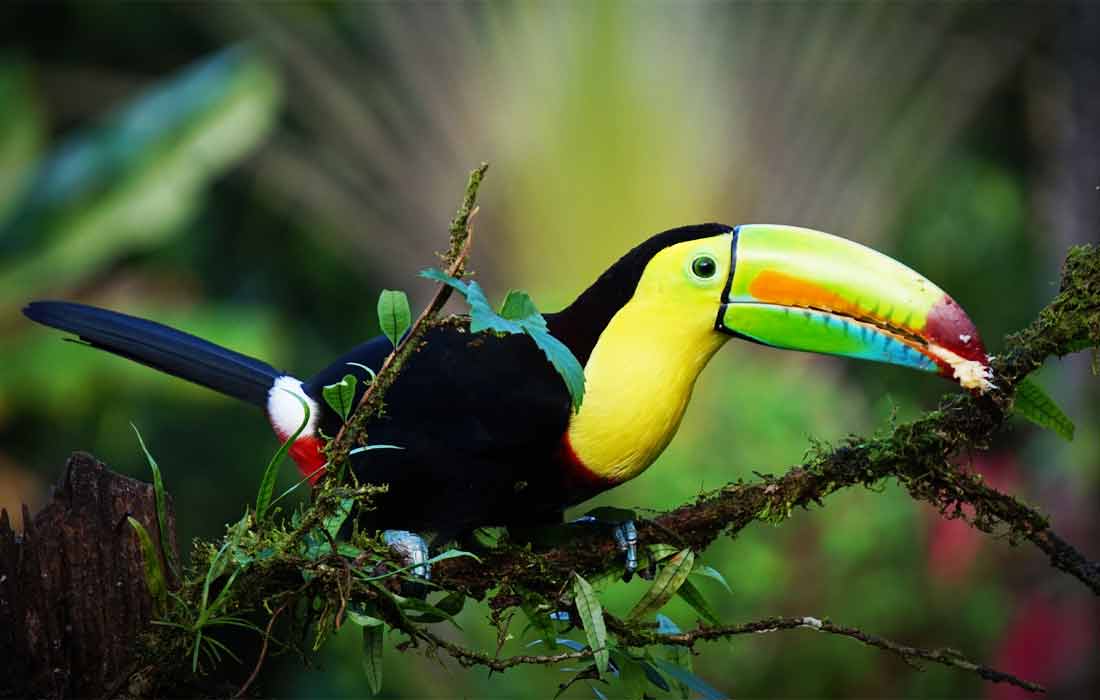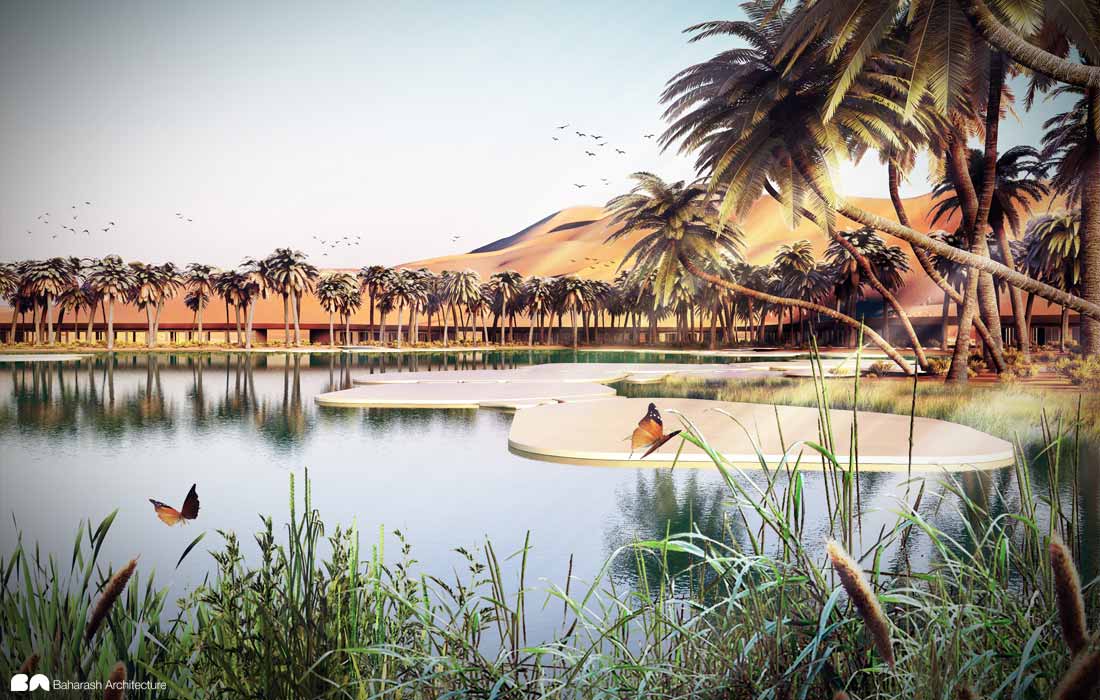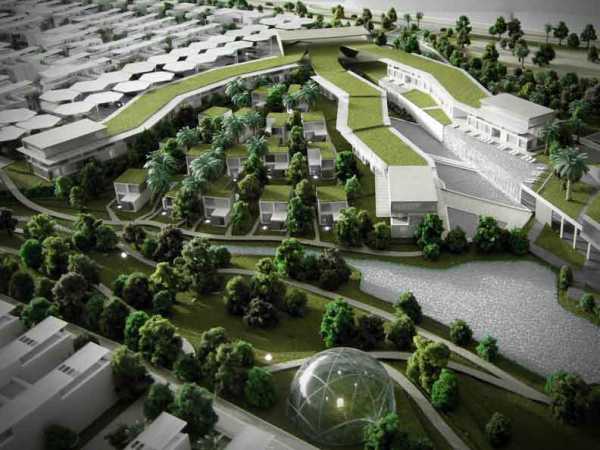UAE Ecotourism: Can UAE become the world’s new ecotourism destination?
Ecotourism is a relatively new concept in UAE’s tourism industry. Transforming this rapidly growing tourism sector into an ecotourism destination will be one of UAE’s biggest challenges to date.
By 2021, The United Arab Emirates is expecting to welcome 45 million people, of which 31 million will be international tourists, some of which will be looking to explore some of the most stunning and natural attractions in the region. There are many spectacular landscapes to experience in UAE such as beaches, mountains, deserts, wadis and the sea. UAE also has an ambitious goal of becoming one of the most sustainable countries in the world. Transforming this rapidly growing tourism sector into a green economy, by investing in ecotourism, is no longer a choice… it has become a necessity.
What is Ecotourism?
Ecotourism is a form of responsible travel to natural areas with the objective of promoting conservation of natural habitats, whilst protecting and empowering local communities socially and economically. Ecotourism is also about educating travellers on minimising our impact on the environment.
Why is Ecotourism important for UAE’s tourism industry?
Uncontrolled conventional tourism causes harm to natural areas, by putting excess pressure on the area. This can then lead to impacts such as increased pollution, soil erosion, loss of natural habitats and endangered species. It puts pressure on water resources, and it can force local populations to compete for the use of critical resources.
Ecotourism on the other hand, has the potential to create beneficial effects on the environment by contributing to environmental protection and conservation. Ecotourism can raise awareness of environmental values through educational programmes and experiences. It can also serve as a tool to protect natural areas and increase their economic importance.
Ultimately, ecotourism provides more than environmental benefits, such as economic and socio-cultural benefits. Ecotourism creates job opportunities for locals, creating a more diversified economy. Ecotourism can also help preserve the region’s heritage and provide greater interaction with native people.
How different is UAE’s tourism sector compared to international destinations?

Costa Rica is one of the most renowned destinations for ecotourism. The establishment of the Cabo Blanco National Reserve in 1963 was one of the earliest milestones in Costa Rica’s ecotourism history. Over the last few decades, Costa Rica embarked on establishing conservation areas throughout the country, some of which contain national parks, wildlife refuges, nature reserves and heritage sites. It is estimated that almost 30 percent of its national territory is dedicated for conservation, one of largest in the world. These well-established systems of national parks and protected areas combined with its incredible biodiversity, helped in giving the country its main competitive advantage, and are one of the key attractors for tourism. It is estimated that more than half of tourists who travel to Costa Rica, will visit at least one of its national parks or protected areas.
This rapid rise in ecotourism helped diversify and expand the job market in Costa Rica, allowing local communities to generate a sustainable source of income and helping diversify the country’s economy. As a means of building local commitment and involvement, the government awards contracts related to the ecotourism industry to local communities, which is another reason for its success.
In contrast, ecotourism is a relatively new concept in the UAE. Over the last 40 years the country has focused on transforming itself into a major entertainment, leisure and business destination. The creation of airlines, construction of modern transport air and ground infrastructure, combined with major attractions and shopping malls, have all contributed towards UAE becoming the region’s leading leisure and business tourism destination.
The United Arab Emirates ranks 24th globally in “The Travel and Tourism Competitiveness Index 2015”, whilst ranking at the number 1 spot in the MENA region. Its business environment, safety and security as well as air transport infrastructure rank globally in the top three of the T&T Competitiveness Index 2015. Whilst Costa Rica ranks poorly against UAE in those areas, Costa Rica’s main advantage when it comes to ecotourism is its natural resources, which ranks 5th globally in the T&T Competitiveness Index 2015. This is one of the key differences between UAE and other leading ecotourism destinations around the world. Whilst UAE has many unique natural landscapes with rich local heritage, the country needs to create more destinations that provide a true ecotourism experience.
Why the Oasis Eco Resort is a successful model for UAE’s ecotourism?
The Oasis Eco Resort will become a conservation hub to protect the many species and various types of wildlife in Liwa. Studying these species in their habitat will help the resort manage and protect them. The wildlife biologist and conservation staff will monitor and preserve the asset of this precious location as well as educating guests about the various types of plants and animals that thrive in this area.
The resort shall be a zero emission zone which will cover the entire resort area, meaning only vehicles that emit no waste products and that do not pollute the environment are allowed access inside the resort vicinity. All deliveries shall be received, checked and organised at a gateway building [outside of the zero emission zone], which are then shuttled to the resort in an electric vehicle. Eco Resort Group are looking to support local farmers by purchasing daily deliveries of organic produce; there are approximately 50 villages in Liwa with numerous farms. Guests are also able to forage organic produce from these farms, and with the help of a chef, incorporate the ingredients into a delicious meal.

We have also taken strides to ensure the precious water source in this area will be used sensibly with an onsite wastewater treatment system and water recycling for irrigation. We are also incorporating 157,000 square feet of solar panels to provide the resorts energy needs.
The resort will also be promoting nature-based eco activities such as horse riding, excursions on camels, dune cycling, dune boarding, dune gliding/ paragliding and many more desert adventures.
Ultimately, this Eco Resort is more about an eco-destination that provides cultural, environmental and economic benefits for the region, whilst also enhancing the customer experience.
What’s next for future Ecotourism projects in UAE?
It’s all about thinking at a more sustainable scale, which will be a key driver for future ecotourism projects in the region. Creating eco attractions that provide socio-economic and environmental benefits to rural communities do not have to be mega-scale projects. In fact thinking at a much smaller scale will open up more economic opportunities for private companies to invest in this sector.
Successful ecotourism projects also require a bottom-up entrepreneurship and empowerment of local people. Fostering an entrepreneurial culture from the bottom-up will create more green jobs whilst diversifying the local economy. It will also encourage community involvement and ownership of proposals.
Ultimately, it takes a holistic approach to create ecotourism destinations. Thus the success of UAE’s new ecotourism industry will rely upon commitment, coordination and partnerships between private and public entities from various sectors.
About the author

Baharash Bagherian is a Designer working holistically at all scales, designing for a higher quality of life whilst also protecting the environment. He believes that great Architecture is more than buildings: “It’s about creating resilient destinations that make people feel healthy to live in, inspired to work in and want to visit.”
In his work, each project is driven by a process of investigation and experimentation. The outcomes of these studies form the basis of the design. He strives to develop innovative and creative solutions that make a positive contribution to our current and future generations.
His award-winning design studio, Baharash Architecture, have worked on projects in various scales, from urban scale; such as master plans, landscape design and buildings, to smaller scale; such as interiors, furniture and products. Recent projects include the Oasis Eco Resort in Liwa and phase 2 of Dubai Sustainable City.





